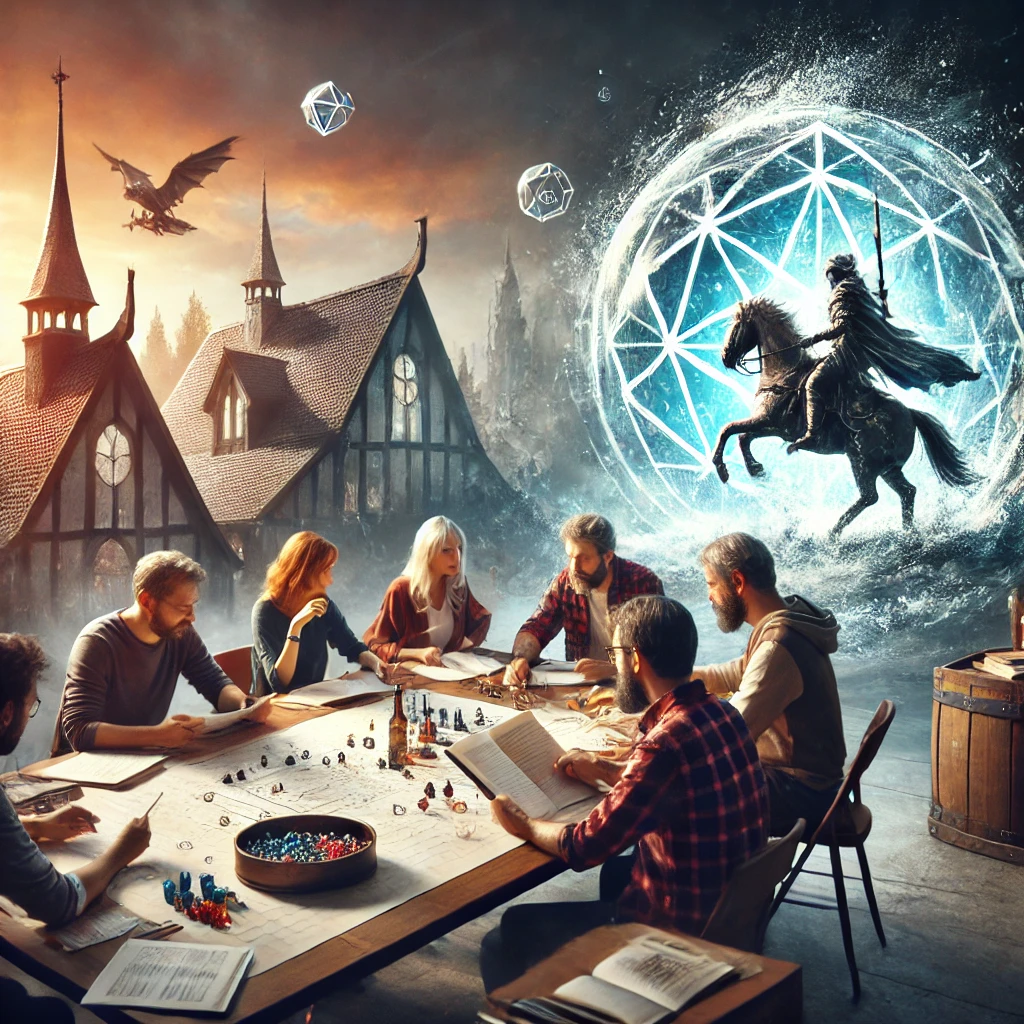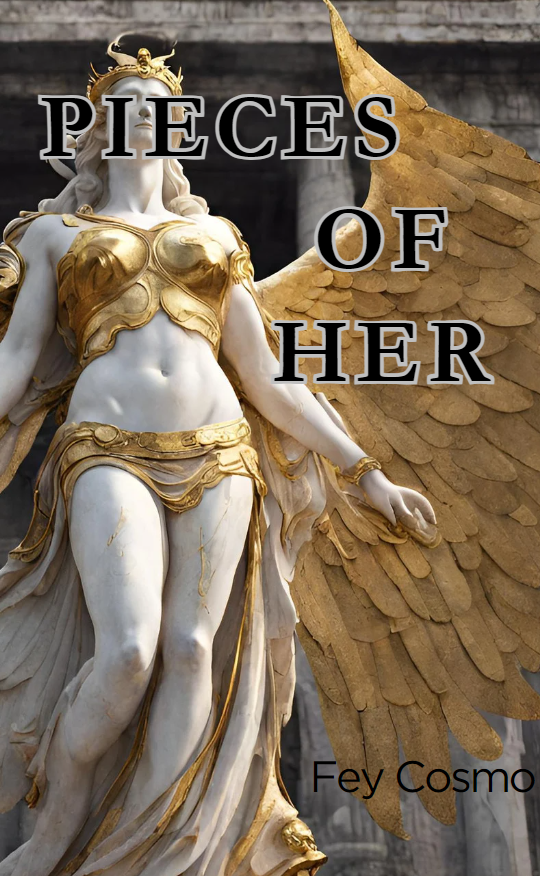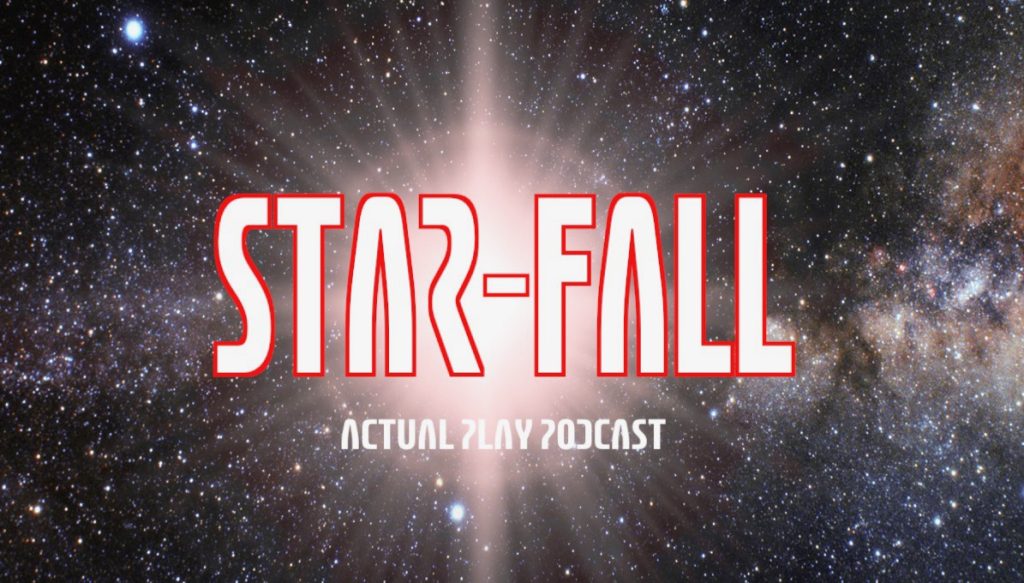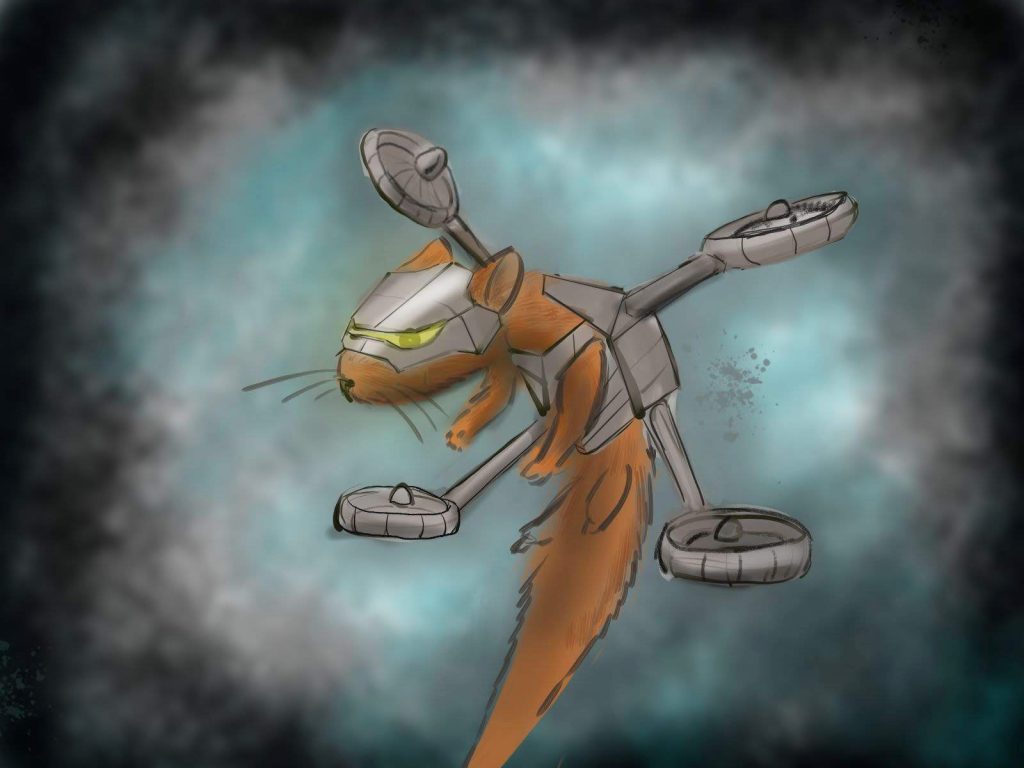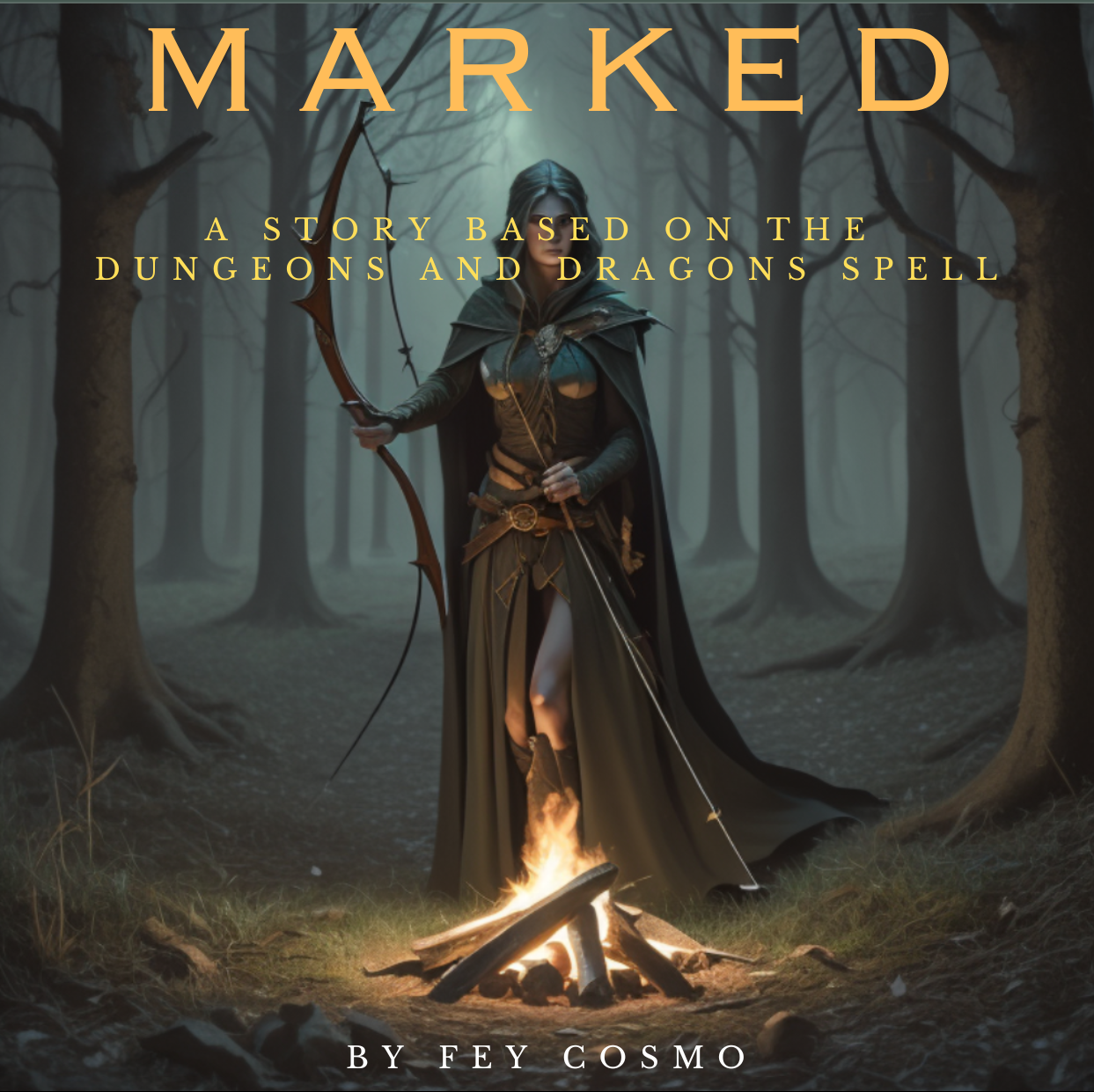The legend says that most of the city was ash when the temple of Ishtar finally fell, but the legend could be mistaken; after all, no one who was alive then, is alive now.
But imagine you are, as the Gods are, and can see between the clouds. She could have calmly been going about her duties as a temple priestess, ignoring the invasion by the Gorgian savages. As the rest of the city burned, Gheralda might have been sweeping, tidying, or even washing the tunics of her Sister Priestesses. She simply refused to leave her temple, her duty.
The legend states all the priestesses of Ishtar were renowned for their strength: that was, after all, why they were called by the fearsome Mother Warrior, who was in equal parts fearsome and fertile. She is a paradox of burning sexual energy, maternal love and rage in battle while defending the home and hearth. Not every woman could bow to Ishtar, but the one named Gheralda, with “h” for ease of repetition, did. She was chosen.
See her now, as the Gods see her: She is tall and statuesque. A whole two heads taller than other women with long, strong legs, arms and feet. Her body nurtured two children before she heard the Song of Ishtar and was compelled to join the Order. Although one side, the caring and loving side, screamed ‘mother’, there was another side, in her strong hands and firm chin that bellowed, ‘warrior’ with white-hot rage and pride. Her astute eyes were framed by brown spiral curls, kept short for practical reasons, but known to dance when she laughed, and she laughed often. To laugh was an act of rebellion in the face of obstacles. Make no mistake, she could have cried too, but to turn, smiling and defiant towards the buffeting winds of chaos was a greater insult. In private, she cried like any other woman and her tears were cleansing, cathartic drops. She was all woman, every woman and no more extraordinary than you, reader. But what set her apart on this blood-soaked day was that when all others chose to flee, she remained.
The Gorgian savages were ransacking and burning what they could not carry for hours before the temple was in any danger. It was presumed the forces of Caradri would drive them back with tactics or force but the presumption was wrong, so the city would fall. The young acolytes and older Sisters went first, by the secret tunnels and Gheralda was instructed to leave also and almost, almost did.
The legend said she was walking past an old statue of Ishtar when the crescent atop the head of the Goddess began to glow, and Gheralda kneeled, hands out, face bowed. She was told to stay, stay in the temple, because Ishtar remained and it was her will that Gheralda should be there too. So she stood, bare of foot and humble of heart. There was no question of disobedience, she would do as she was told and remain steadfastly at her duties. This was a woman who had given her Word, her Vow to Ishtar and would not go back on it.
So, there she remained. Minutes passed since the glowing crescent vision and a strange peace settled around her, her shoulders were proud and firm, strengthened with the perfect cape of calm that was Ishtar’s request to remain. She would have heard screams, smelt smoke from the burnt buildings and could not help but taste the soot of her burning city but none of this deterred her. The legend states she would waver for a moment, but it was not then.
Caradri’s pride was its downfall that day. The city had sat like a glowing gem in the desert, gleaming with trade and treasure that the Gorgians could not resist. They were not the type to settle and make a great city: they were invaders, constantly mobile and respecting nothing. They had no roots to settle them to a part of the Earth, no foundation of faith in Gods and only lived in the immediate, the here and now. They could not have known the joy of heritage, of tradition, because there was no past and barely any future, only the hedonistic ecstasy of the here and now. Caradri was their anathema and their envy in equal parts and that is why they burned all that they could not steal.
Gheralda knew this and remained. With the tranquil Song of Ishtar in her head, she worked on until they were at the gate and she could no longer ignore them. They used a battering ram and poured in from all directions like black flames. Some ran straight to urinate on the sacred Ishtar fountain, just to watch the water stain with their impurity. Others ran from room to room looking to pillage and plunder, thinking only of the value of the metal and not of what it was shaped to resemble. There, in one of the rooms, was Gheralda.
The legend is used now to frighten women with the worst of what men can do, but the legend leaves out the worst of the events. Not what they did to Gheralda, presuming she was a virgin, as many others were, but how they treated her after. She was violated over and over again, caked in their wildly squirted juices and treated as the fountain had been. When there was no part of her that was not moist and bruised from their sick desires, the legend says the commanders cut off her breasts and cooked the sliced flesh with a torch in front of her, then fed her pieces. How she swallowed is a mystery. It is whispered that two men inserted their thumbs into the tender ball of her eye and pushed, competing to see which would pop first. The winner then slid his fingers into the fleshy socket as the others laughed, holding her down. She was no longer a pillar of virtue, she was a woman of broken faith and this was her lowest point, this barrage of humiliation and agony. If she had screamed, the whole city of Caradri would have heard it, but they had stuffed her mouth with feces and closed it with a rope. Her body was a canvas of suffering, a toy for cruelty and boredom. She bore the brunt of them not finding enough firm, ripe, young things to rape. Unsurprisingly, her body gave out and she died.
And that is where the mere cautionary story turns into legend, as Ishtar intervened. The Gorgians left, having finished a torment that to them, was mere sport. The pieces of Gheralda were scattered around the room where they’d killed her and she lay, splayed like a puppet with its strings cut, with a ceremonial spear sticking out between her legs. Ishtar appeared, looked around, and gave life to her servant again.
The form of Gheralda awakens, readers, to find her limbs scattered and blood sprinkled like rain. Infused with the strength of Ishtar and feeling no pain, she picks up the pieces of herself and beholds them with curiosity as she remembers where they go. Glowing with the Light of the Crescent-Crowned Goddess, she puts herself together again from fleshy pieces. She is able to stand and call the wriggly slivers of muscle and sinew back together where they reform into a deeper perfection than before. Wherever there was torn skin, the point of fusion was a golden thread holding new life together. With a grunt, she removes the spear from herself and uses it as a walking stick as the bleeding ebbs like it was never there. She glows, still broken but painless and transcendent and her faith returns with frightening strength.
This was meant to be.
She’d lived through a pupation of pain and was emerging into a new form as her back split, revealing golden wings that brushed the ground. Her skin was marble now, threaded with the yellow memories of every injury the Gorgians had made, but there was no agony. There remained only the roar of self, the idea that she could triumph over anything. In her hand, where every finger had been removed and eaten, they returned and wielded a sword. And when Gheralda felt the strength return completely to her knees, she took to the air, as light and easy as a bird.
The legend ends there, with Gheralda the emissary of Ishtar, flying over the crumbling remains of the city to guide her Sisters to establish a new temple. She would exist another thousand years as the temples herald and protector and through her, thousands found strength in their times of darkness. Any time she was seen flying overhead, women would remember the hideous pain of Gheralda, certainly, but they would also see the unstoppable strength that transcends all tribulation. They still whisper the legend of the woman, once ordinary, made extraordinary by sheer will. No one alive now was alive then, but the story is like Gheralda herself, unconquered.
For if a woman can rebuild her entire self from mere pieces, we can all become more than we once were.


